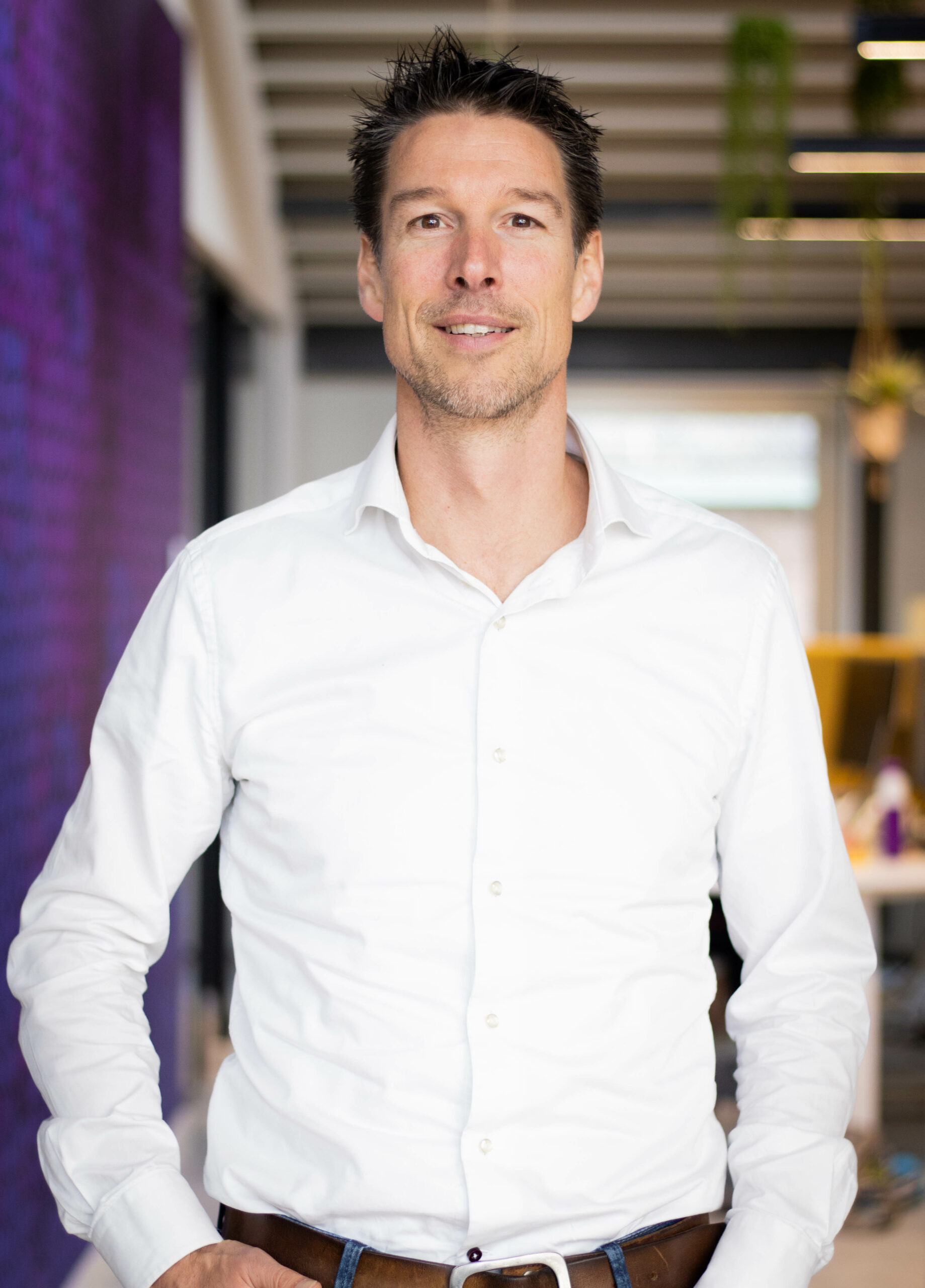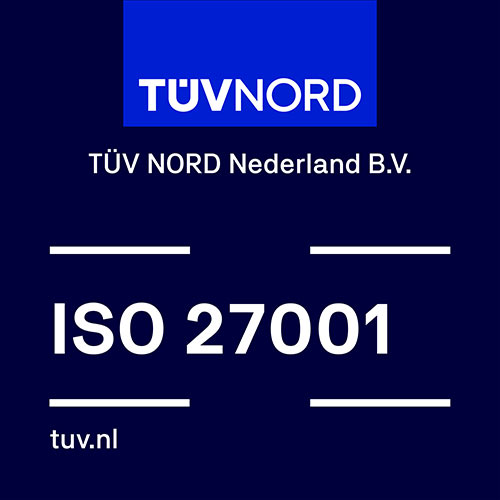Take a closer look at a clump of human cells and you have hundreds of thousands of data points to sink your teeth into. Increase that number tenfold several times because one person doesn’t say anything in diagnostic research, and do the same exercise with samples from the control group. For those who love data, diagnostics should be the seventh heaven.
This is the world of Qurin. They develop urine tests that show whether changes can be seen in a person’s genetic cell material that indicate early cancer. This is preceded by an enormously complex R&D phase: figuring out which changes in genetic material give a life-size chance of specific types of cancer.
Sparring with experts
Artificial Intelligence was of course already a tried and tested method for Qurin. But to get the most out of it, they brought Pipple in. Are there additional AI methods that we do not yet apply ourselves? And how do we set up the processes around it in a solid way?, asked Judith Heikoop, interim Chief Executive Officer at Qurin. Heikoop: ‘We have a skilled data scientist in-house, but he is only working on our own stamp area. We needed to spar with a group of experts, young and up to date, who apply data science across the board in various domains.’
Interesting conclusions after each sprint
What followed was an eight-month process in which Pipple immersed herself in Qurin’s business, working closely with their data scientist. Heikoop: ‘After every sprint, they put interesting conclusions on the table. That makes scientists like me happy, because we are driven by results.’
Crucial eye-opener
Pipple’s main advice to Qurin: structure and document your data and code well. The importance of this was not in itself new to Heikoop. ‘If you want to make a difference with new technology in a highly regulated market, your results must be reproducible. The eye-opener was that Qurin can gain a lot more from this than we knew. Pipple showed how with more structure we can also significantly increase the scale on which we test. And how we can compare results more easily. Crucial insights with which we can make faster progress independently.’
Understanding the playing field
For Heikoop, the greatest value of the process with Pipple was in the discussions. “They were able to explain the incredibly complicated things they were doing in a simple way. With respect for the clarification questions and the input of people who looked at things from a different perspective. It’s not that I can do their job myself now, I’m never going to reach that level. But thanks to Pipple, I have a much better understanding of our playing field in the field of AI. I now understand which critical factors cause something to work or not. And what are the questions I can ask in the future to make good decisions.’

